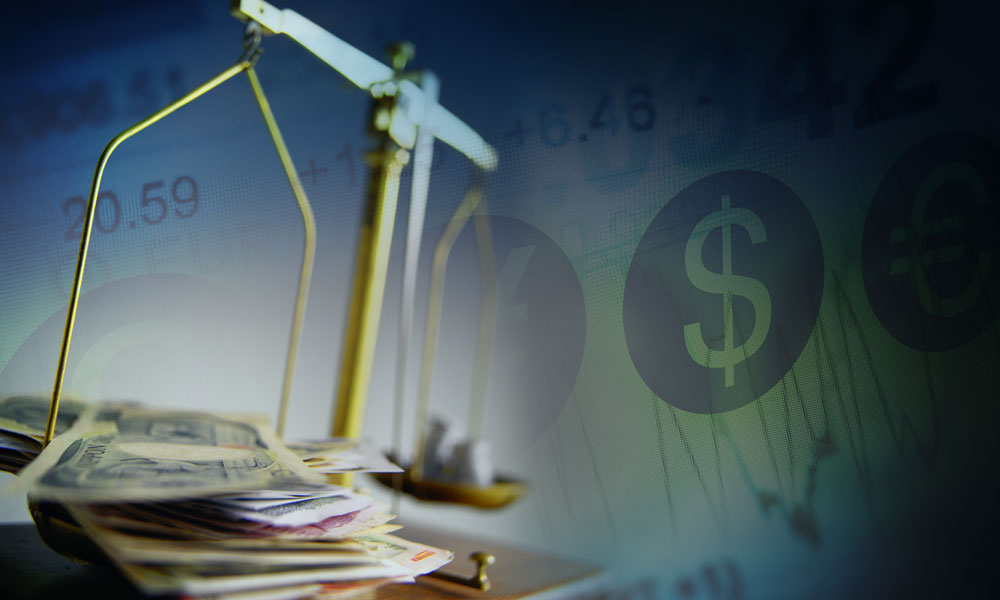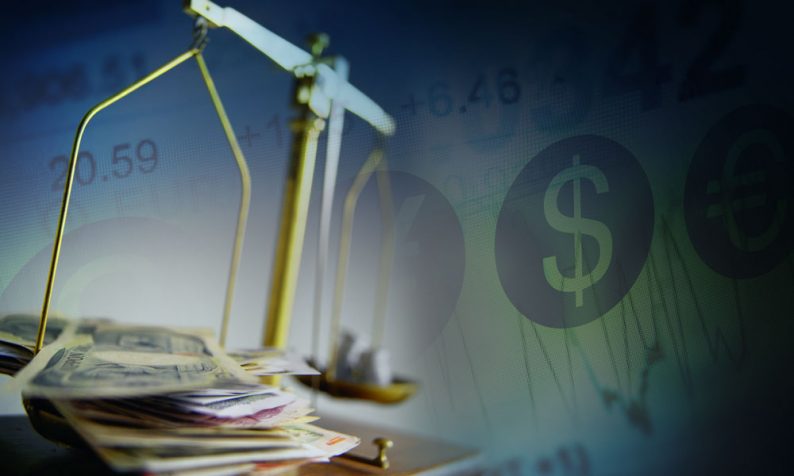
A well-balanced economy, as defined by the Business Dictionary, is the financial condition of a country where there is an equal proportion in exports and imports. This view, while practical, is also simplistic and there are several other factors that many would consider to be present in a a balanced state. Factors such as the output of goods, unemployment and the balance of prices spring to mind as the most crucial.
However, many would would argue that a well-balanced economy is simply a fanciful ideal that no country has ever managed to fulfil. For example, in a perfectly balanced economy, consumers and businesses would be perfectly matched, there would be virtually no unemployment and prices would sit at just the right level for all individuals. Of course, such a scenario can never come to bear in a capitalist society, since capitalism depends on the very notion of supply and demand and of competition between businesses and producers. And it is doubtful that a perfect economy could be fulfilled in any other type of society either.
Nevertheless, the concept of a balanced economy and the goal of striving towards one is a useful and good endeavour to pursue. So, let us look at some of the indicators that should be present in order to consider an economy well-balanced:
An appropriate level of inflation
While social and economic inequality and quality of life are already measurable, a mutual guarantee index has yet to be developed. Before such an index is manifested, it is necessary for an economy to maintain a certain level of inflation as the level of prices in an economy has an instant connection to the level of well-being of individuals across all levels. The most suitable inflation rate for a well-balanced economy is 2 percent, as set by the Federal Open Market Committee or the FOMC. This figure is consistent with the mandate of the Federal Reserve in ensuring optimal employment and stable prices. The purchasing power of consumers will be eroded when the inflation rate is higher. In contrast, when the inflation rate is lower, it may result to deflation where earnings and the price of goods will go down, which indicates weak economic condition in the country. In order to maintain the 2 percent inflation level, it was necessary for a monetary policy to be implemented by the FOMC to maintain the rate for a certain period of time.












Leave A Comment